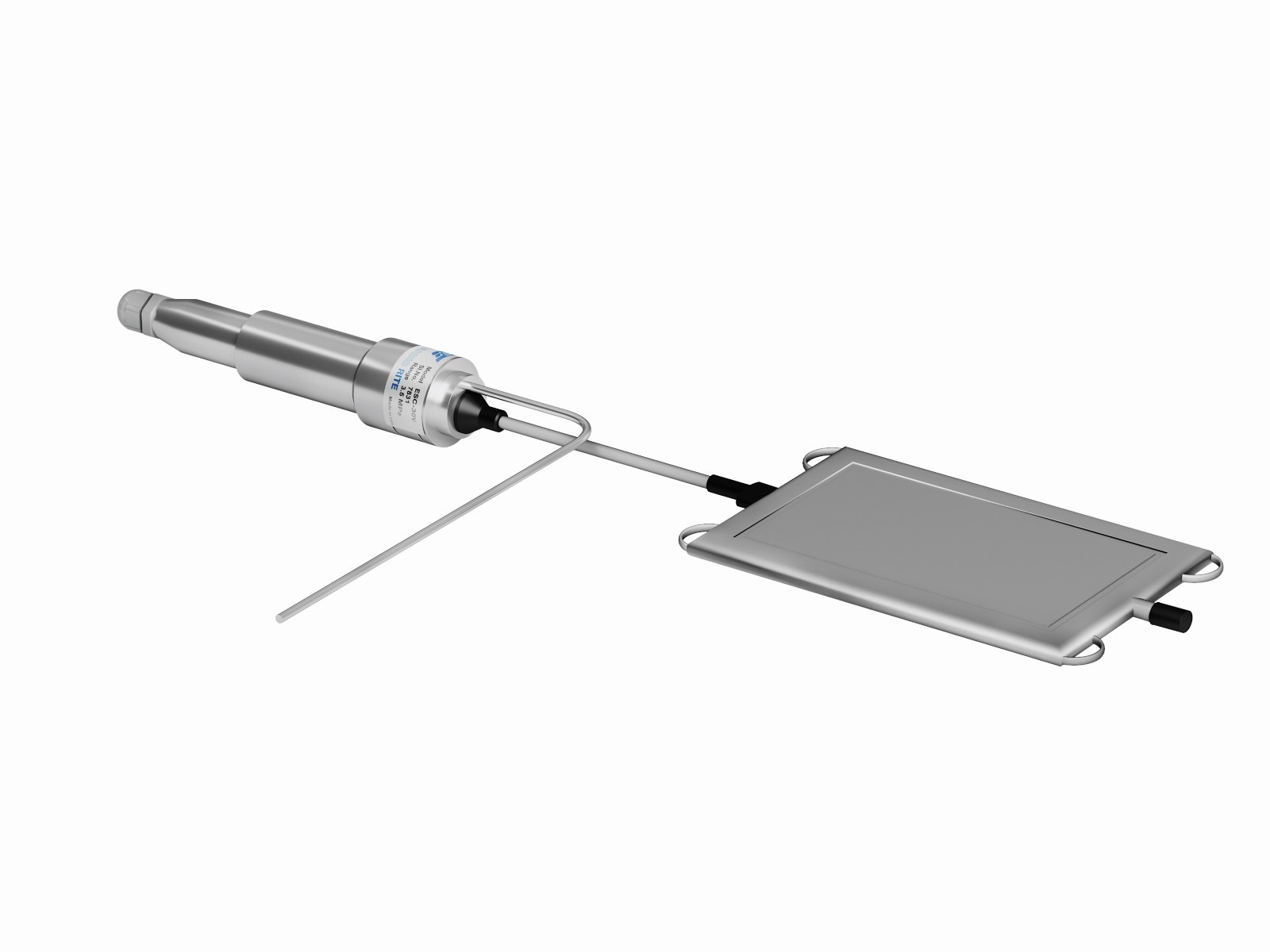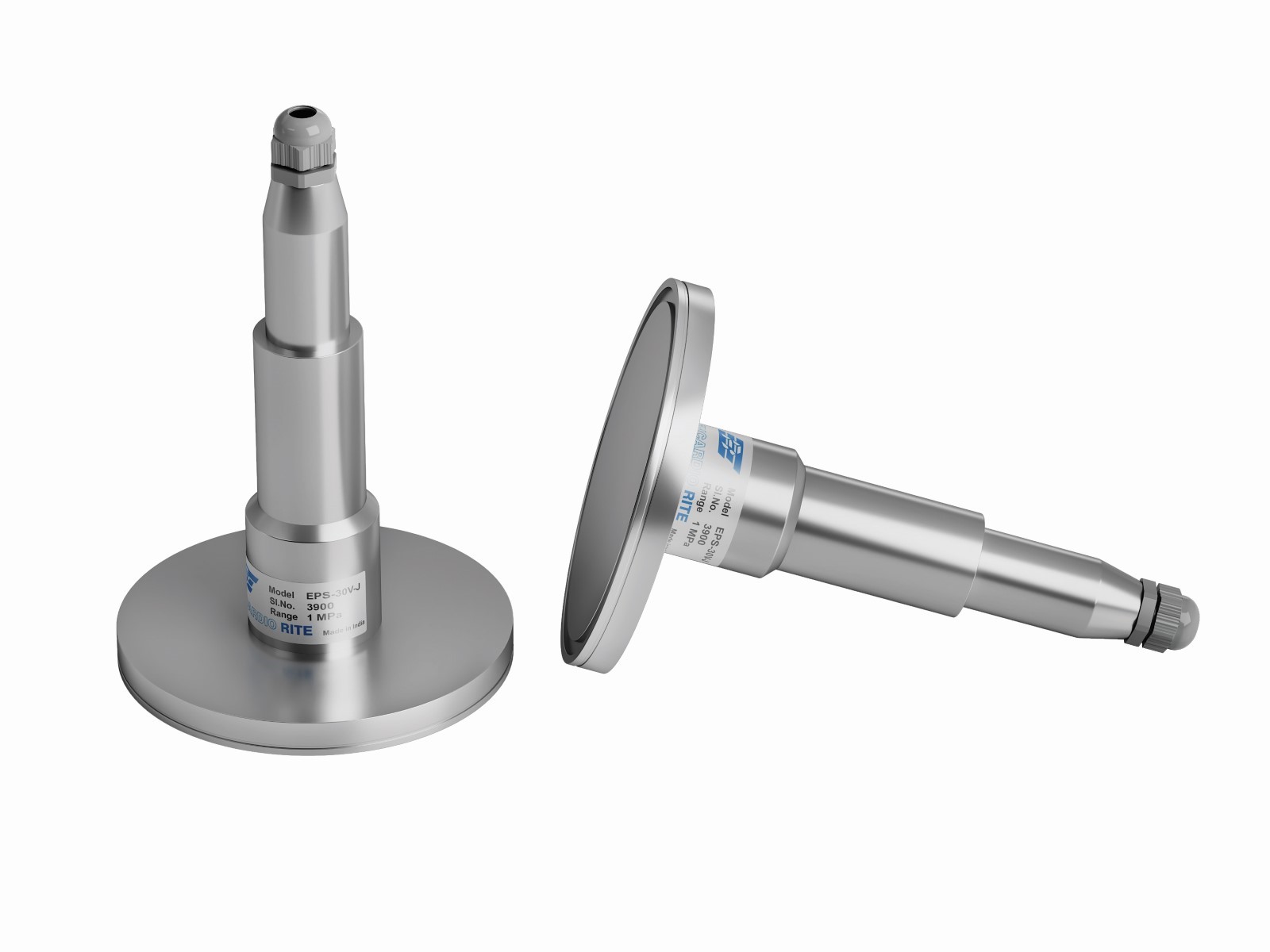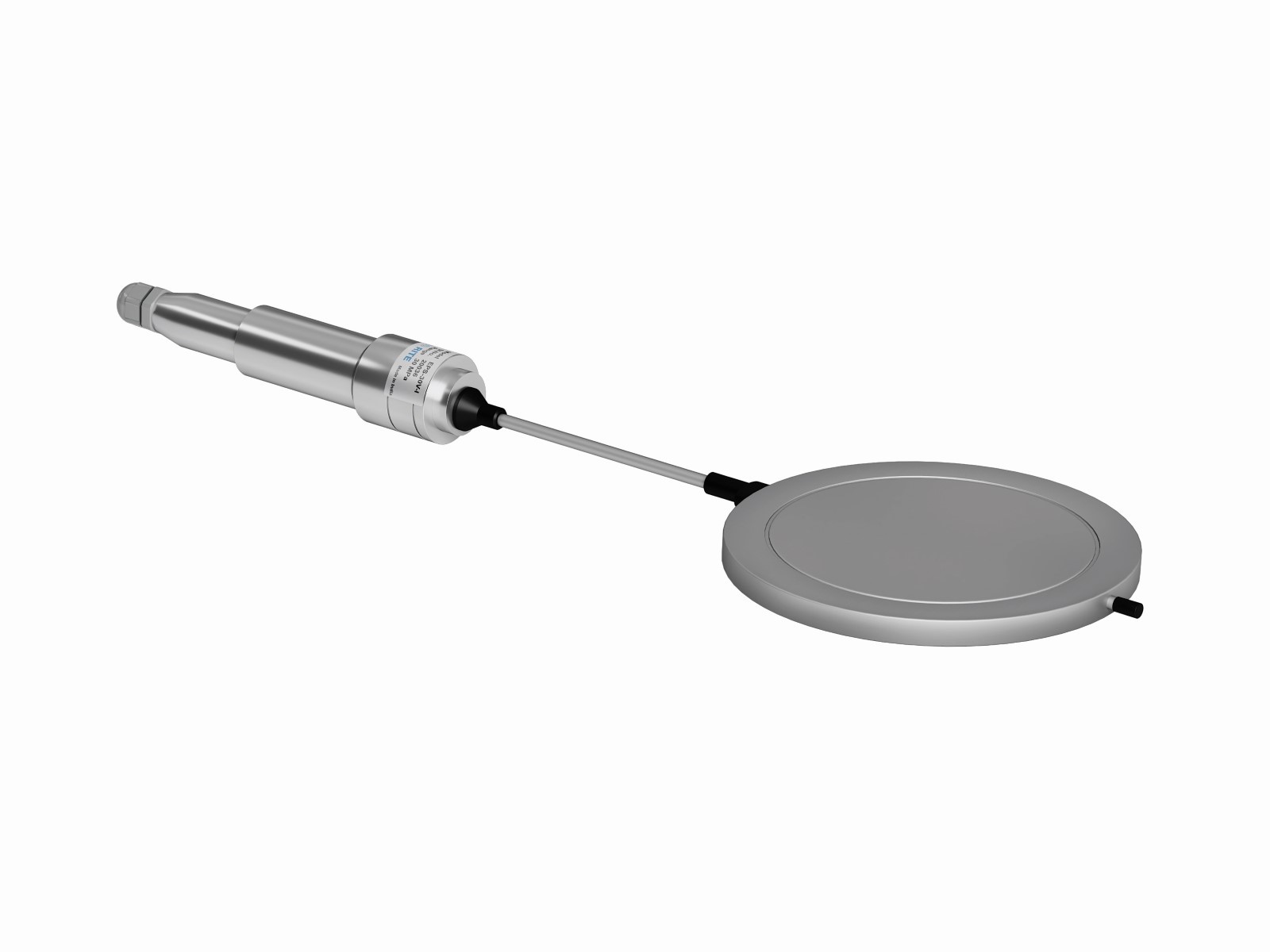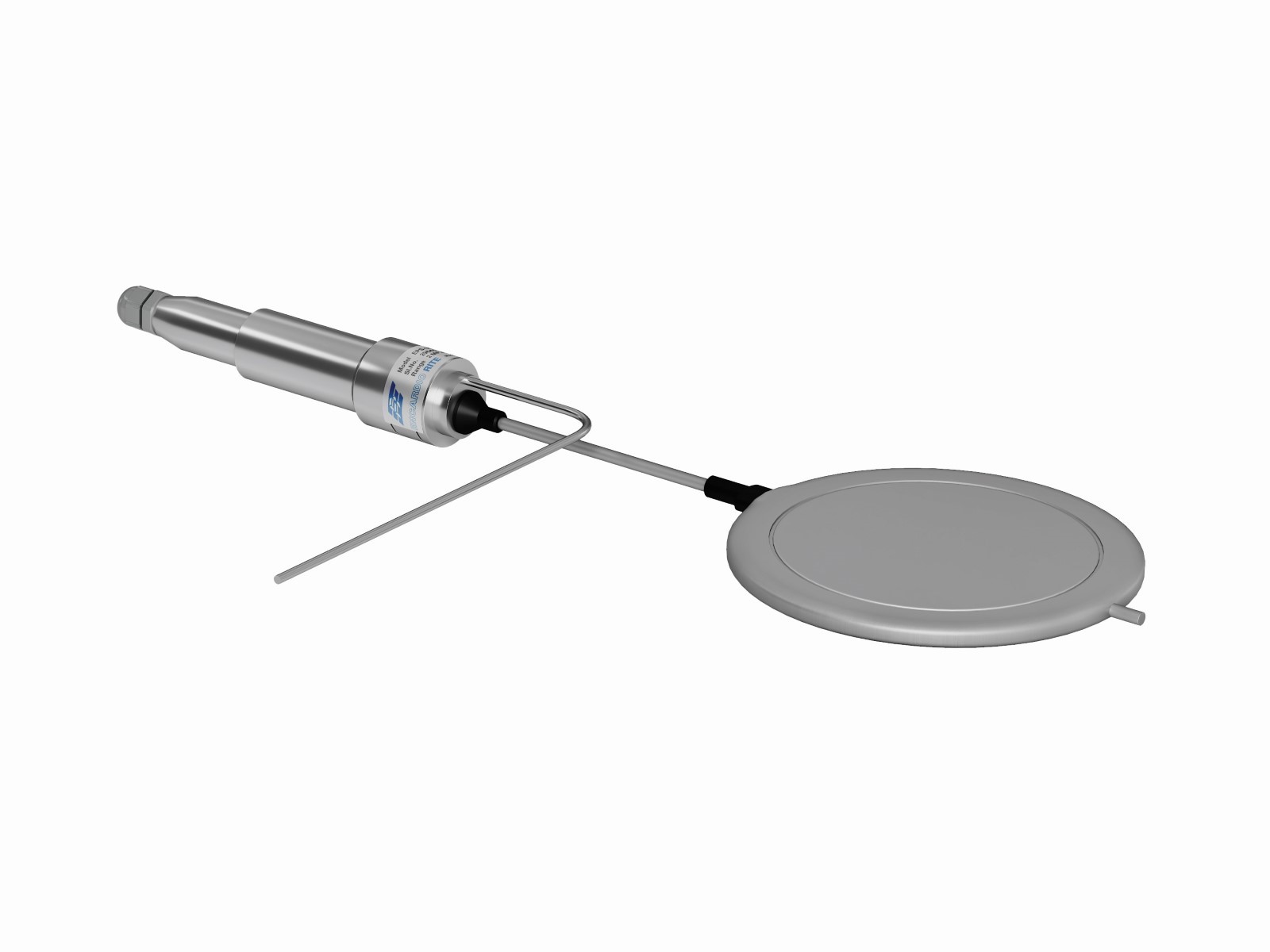Pressure cells are vital components in geotechnical and structural health monitoring. They serve as sensors that convert stress or pressure into measurable electrical units. These devices play a crucial role in ensuring the safety and stability of various structures by providing accurate and reliable data on total stress and pressure distribution. Encardio Rite, a leading provider in this field, offers a range of high-quality pressure cells designed to meet the diverse needs of civil engineers, researchers, students, and other stakeholders.
Importance of Pressure Cells in Geotechnical and Structural Health Monitoring
Pressure cells are indispensable tools in geotechnical engineering and structural health monitoring. They provide critical data that help assess the stability and integrity of various structures, including tunnels, excavations, foundations, and dam embankments. By measuring the total stress and pressure distribution within these structures, pressure cells enable engineers to make informed decisions, ensuring the safety and longevity of construction projects.
Encardio Rite has established itself as a trusted manufacturer of pressure cells known for their accuracy, durability, and reliability. Their vibrating wire pressure cells, particularly, are highly regarded for providing consistent readings even in challenging conditions.
Encardio Rite's expertise extends to producing Electron Beam Welded (EBW) and hermetically sealed sensors, ensuring protection against moisture and external contaminants. Each product undergoes a rigorous testing process to guarantee performance, longevity, and precision, making Encardio Rite's pressure cells a preferred choice for various geotechnical and structural monitoring applications.
Read more: Guardians of Integrity: Hermetic Sealed “Electron Beam Welded” Sensors
Overview of Pressure Cells
A pressure cell is a type of sensor that converts stress or pressure into a measurable and readable electrical unit. These cells are fundamental in measuring total stress in various geotechnical construction fields. They are particularly useful for assessing stress in soil, rock formations, and concrete structures.
Importance in Engineering
Pressure cells are essential in civil engineering, mining, and structural health monitoring. They provide accurate and reliable data, crucial for safe and effective engineering design. Pressure cells ensure structures are built to withstand the stresses they encounter, thereby preventing failures and enhancing safety.
Benefits of Using Pressure Cells
- Accuracy: Provides precise measurements of stress and pressure.
- Reliability: Delivers consistent data even in harsh conditions.
- Durability: Designed to withstand challenging environments and long-term use.
- Ease of Use: Simple to install and integrate with monitoring systems.
Types of Encardio Pressure Cells

1. Earth Pressure Cells
- Description and Functionality: Measuring total pressure in soil and earth fills. Common applications include embankments, retaining walls, and foundations.
- Key Features: Robust construction, high accuracy, and reliability.
- Installation Methods: Proper installation and calibration are essential for accurate measurements.
 Earth Pressure Cells - Types of Encardio Pressure Cells
Earth Pressure Cells - Types of Encardio Pressure Cells
2. ESC-30V Shotcrete Pressure Cell
Description and Functionality:
The ESC-30V Shotcrete Pressure Cell measures the pressure exerted by shotcrete (sprayed concrete) on a rock or soil surface. It is used in tunneling, mining, and other underground excavations to monitor the shotcrete pressure during application and curing. This ensures the structural integrity and stability of the shotcrete lining.
Read more: Pressure Cells: Types, Working Principle, & Applications
Key Features:
- Robust Construction: Made of stainless steel to withstand harsh environments and provide durability.
- High Accuracy: Utilizes vibrating wire technology for precise pressure measurement.
- Fluid-Filled Cavity: Ensures accurate pressure transfer to the vibrating wire sensor.
- Temperature Compensation: Equipped with a thermistor to measure and compensate for temperature variations.
- Long-Term Stability: Designed for reliable performance over long periods.
Installation Methods:
- Surface Mounting: The cell is placed on the rock or soil surface before shotcrete application.
- Embedding in Shotcrete: Installed in a position where the shotcrete will fully embed it, ensuring direct pressure measurement.
- Cable Protection: Cables are secured and protected to prevent damage during and after installation.
 ESC-30V Shotcrete Pressure Cell-Types of Encardio Pressure Cells
ESC-30V Shotcrete Pressure Cell-Types of Encardio Pressure Cells
3. EPS-30V-J Jackout Pressure Cell
Description and Functionality:
The EPS-30V-J Jackout Pressure Cell is used to measure total soil pressure on the backside of slurry or diaphragm walls and within concrete structures. It is commonly applied in large civil engineering projects like tall buildings, dams, and underground tunnels.
Key Features:
- Vibrating Wire Technology: Provides accurate and reliable stress measurements.
- Flexible Flat Capsule: Constructed from two stainless steel plates welded around the periphery and filled with de-aired fluid.
- Robust Design: Stainless steel construction for corrosion resistance.
- Hydraulic Jack: Ensures firm contact with soil or concrete during installation.
Installation Methods:
- In Diaphragm or Slurry Walls: Installed with a support plate and hydraulic jack to maintain contact with the soil during concreting.
- Reinforcement Cage: The cell, hydraulic jack, and support plate are secured within the reinforcing cage before lowering into the trench.
- Concrete Pouring: Concrete is poured through a Tremie pipe, ensuring there are no gaps between the cell and the surrounding concrete.
 EPS-30V-J Jackout Pressure Cell-Types of Encardio Pressure Cells
EPS-30V-J Jackout Pressure Cell-Types of Encardio Pressure Cells
4. EPS-30V-I Soil-Rock Interface Pressure Cell
Description and Functionality:
The EPS-30V-I Soil-Rock Interface Pressure Cell measures pressure at the interface between soil and rock or concrete. It is used in geotechnical studies and large civil engineering structures to monitor stress distribution and soil-structure interaction.
Key Features:
- Vibrating Wire Sensor: Provides accurate measurements that are immune to electrical noise and wet conditions.
- Stainless Steel Construction: Ensures durability and corrosion resistance.
- Flat Pressure Capsule: Designed to measure interface pressure effectively.
- Temperature Monitoring: Includes a thermistor for temperature measurement and compensation.
Installation Methods:
- Interface Placement: Installed at the soil-rock or soil-concrete interface to measure the contact pressure.
- Protected Cabling: Cables are secured and protected to prevent damage during installation.
- Concrete Embedding: Ensures the cell is properly embedded in the concrete to measure accurate stress distribution.
 EPS-30V-I Soil-Rock Interface Pressure Cell-Types of Encardio Pressure Cells
EPS-30V-I Soil-Rock Interface Pressure Cell-Types of Encardio Pressure Cells
5. Concrete Pressure Cells
- Description and Functionality: These are designed to measure stress within concrete structures. Applications include dams, bridges, and large-scale concrete projects.
- Key Features: High durability and resistance to harsh conditions.
- Installation Methods: Follow a step-by-step guide for embedding pressure cells in concrete.
Data Collection and Analysis
Collecting and interpreting data from pressure cells involves integrating them with data loggers and monitoring systems. This allows for real-time monitoring and long-term analysis of stress and pressure in various structures.
Formulas and Concepts:
1. Stress Measurement:
σ=F/A, Where:
- σ is the stress,
- F is the force applied,
- A is the area over which the force is distributed.
2. Vibrating Wire Principle: The resonant frequency f of the vibrating wire is related to the tension T in the wire:
f=1/2L√T/μ, Where:
- Lis the length of the wire,
- μ is the linear density of the wire.
3. Calibration of Pressure Cells: The calibration process involves applying known pressures to the cell and recording the corresponding output signals. This relationship is typically linear and can be represented as:
V=kP+C, Where:
- V is the output voltage,
- P is the applied pressure,
- k is the sensitivity coefficient,
- C is a constant offset.
Applications
- Shotcrete Tunnel Linings: Pressure cells monitor radial and tangential stresses, ensuring the safety and stability of tunnel linings.
- Underground Excavations: Assess stress within underground excavations, such as unlined caverns.
- Foundations: Determine contact pressure on retaining walls, abutments, and foundations.
- Dam Embankments: Measure total pressure and stress distribution within dam embankments and soil-concrete interfaces.
Case Studies
Several engineering projects have successfully implemented Encardio pressure cells to monitor and maintain structural integrity.
Emerging technologies in pressure measurement, such as quantum-based pressure measurement and cuffless blood pressure monitoring, indicate a trend towards more precise and non-invasive methods. Encardio Rite continues to innovate, ensuring its pressure cells remain at the forefront of these advancements.
FAQs
Q1. What is a pressure cell?
Ans: A pressure cell is a sensor that converts stress or pressure into measurable electrical units, used to monitor total stress and pressure distribution in geotechnical and structural applications.
Q2. Why are pressure cells important in geotechnical and structural health monitoring?
Ans: Pressure cells provide critical data on stress and pressure distribution, helping engineers assess the stability and integrity of structures like tunnels, foundations, and dams.
Q3. How do pressure cells work?
Ans: Pressure cells convert applied stress into an electrical signal that can be measured and analyzed. Vibrating wire technology is commonly used for high accuracy and reliability.
Q4. What are the common applications of pressure cells?
Ans: Applications include monitoring stress in soil, rock formations, concrete structures, tunnel linings, dam embankments, and foundations.
Q5. What types of pressure cells does Encardio Rite offer?
Ans: Encardio Rite offers various pressure cells, including Earth Pressure Cells, ESC-30V Shotcrete Pressure Cells, EPS-30V-J Jackout Pressure Cells, EPS-30V-I Soil-Rock Interface Pressure Cells, and Concrete Pressure Cells.
Q6. What are the benefits of using Encardio Rite pressure cells?
Ans: Benefits include high accuracy, reliability, durability, ease of use, and the ability to withstand harsh environmental conditions.
Q7. How are pressure cells installed?
Ans: Installation methods vary by type but generally include embedding in concrete, surface mounting, and ensuring secure and protected cabling.
Q8. What is vibrating wire technology?
Ans: Vibrating wire technology uses the resonant frequency of a wire under tension to measure pressure, providing accurate and reliable data even in challenging conditions.
Q9. How do you collect and analyze data from pressure cells?
Ans; Data is collected using data loggers and monitoring systems, allowing for real-time monitoring and long-term analysis of stress and pressure.
Q10. What is the calibration process for pressure cells?
Ans: Calibration involves applying known pressures to the cell and recording the output signals, establishing a linear relationship between pressure and electrical output.
Q11. How do pressure cells contribute to the safety and longevity of structures?
Ans: By providing accurate stress and pressure data, pressure cells enable engineers to detect and address potential issues early, ensuring structural stability and extending the structure's lifespan.
Q12. Can pressure cells be used in harsh environments?
Ans: Yes, Encardio Rite pressure cells are designed to withstand harsh conditions, including moisture, temperature variations, and corrosive environments.
Q13. What are some case studies of successful pressure cell applications?
Ans: Several engineering projects have used Encardio pressure cells to monitor and maintain structural integrity, ensuring safety and performance in critical applications.
Q14. Are there emerging technologies in pressure measurement?
Ans: Yes, emerging technologies include quantum-based pressure measurement and cuffless blood pressure monitoring, which aim for more precise and noninvasive methods.
15. How does Encardio Rite ensure the quality and reliability of its pressure cells?
Ans; Encardio Rite employs rigorous testing and quality control processes to ensure that its pressure cells provide accurate, reliable, and long-lasting performance.